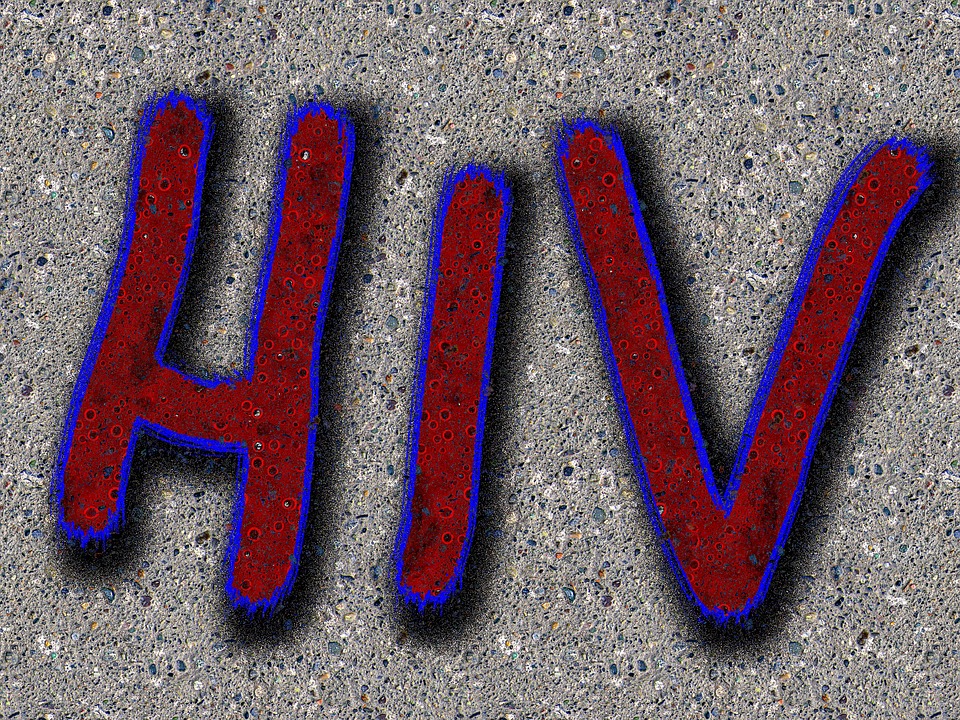HIV, today can be easily managed by medications and is no longer a dreaded infection that it used to be. People with HIV who are on regular ART meds lead normal and healthy lives. Not only this, we also have the option of Pre-exposure Prophylaxis for HIV, simply called as PrEP, to ward off HIV. People on PrEP just need to take a pill a day to avoid getting infected with HIV. PrEP is prescribed to people who are at risk of getting HIV and is safe to use over long periods, under medical guidance.
The search for full cure for HIV as also for vaccination for HIV is still on and we are getting closer to solutions. The challenge is that HIV is a biologically very diverse virus and prone to multiple mutations. This is the main reason why we do not have a vaccine as yet. This genetic diversity of HIV shows in the form of various types and subtypes or strains.
Types of HIV
HIV is mainly of two types- HIV-1 and HIV-2. Out of these two, HIV-1 is the most widely prevalent across the globe with HIV-2 mainly found in West Africa. HIV-2 is about 55 % different from HIV-1 in genetic makeup. HIV-2 is relatively slower in progression and is less likely to transmit to others.
Groups and Subtypes of HIV-1
HIV-1 has 4 groups:
- Group M is the “Major” group responsible for about 90% of all HIV-1 infections. It further has 9 strains namely A,B,C,D,F,G,H,J and K. Out of all these, Strain B and C are the most commonly prevalent. Subtype B is most common in United States while Subtype C is usually found in Africa and India. Also, these subtypes can merge or combine with each other to form a hybrid strain known as recombinant strain. When these recombinant strains are transmitted from person to person, they spread and are known as ‘circulating recombinant forms’ (CRFs).
- Group O or the “outlier” group also has various strains and variations but are very rare to be reported. It accounts for about 5% of infections in Central and West Africa.
- Group N (Non-M or Non-O) is very rare and has been reported in Cameroon only.
- Group P is also, extremely rare and only 2 cases have been reported so far from Cameroon.
Groups and Subtypes of HIV-2
HIV-2 has 9 groups namely A,B,C,D,E,F,G,H mainly confined to Western Africa. The groups have no further subtypes or strains.
Superinfection or Infection with Multiple Strains
If one is infected with two or more strains of HIV as in case of different sources of infection, it is known as superinfection. Also, as HIV has the tendency to mutate, one strain may multiply and mutate into a different HIV strain thus, complicating the infection. Antiretrovirals may not work against all strains and thus, identifying the strain is important to determine the correct treatment regime for HIV. Moreover, superinfections may shoot up the viral load (the amount of HIV virus in the blood) considerably affecting the prognosis.
Disclaimer: This website may contain general information relating to various medical conditions and their treatment. Such information is provided for informational purposes only and is not meant to be a substitute for the advice provided by a doctor or other qualified healthcare professionals. Readers should not use the information contained herein for diagnosing a health or fitness problem or disease. Readers should always consult with a doctor or other healthcare professional for medical advice or information about diagnosis and treatment.


Leave a Reply